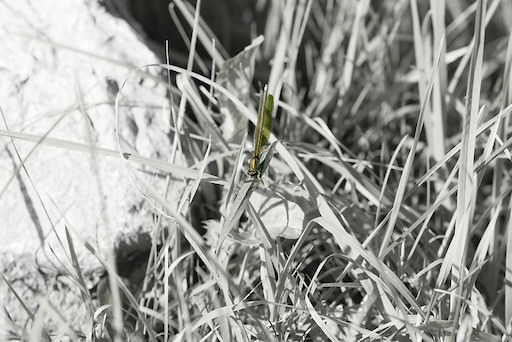This tip is clearly explained, here.
It’s not specific to PhotoLab - but it can be easily implemented via PL’s HSL tool.
John M
This tip is clearly explained, here.
It’s not specific to PhotoLab - but it can be easily implemented via PL’s HSL tool.
John M
Hi John! Where is this “invert-selection-button” in the HSL tool in PhotoLab?
You realized the name of the app window @Ralf_Brinkmann ? The example is made on Capture One, not on DxO photolab. I stepped into the same trap…
[Edit] On second thought, a reason to keep this pile of bugs on my harddrive.
Yes, I saw it. That’s exactly the reason why I’m asking.
I’m experimenting with the “local adjustments”. There you can protect some colours, selected by the colour picker. Wow. Interesting, but haven’t found an “invert selection mask” button so far. And unlike C1 one cannot start with a full fill layer and erase parts of it. Or? Maybe I miss something.
It was the general tip that I thought worthwhile sharing, Ralf - - not the specific method (as that is not PL specific, as noted in my original post).
With PL one would reduce saturation of all colours (via the HSL tool) using the “White” channel, which applies to all colours in the image - - and then “amp up” the sliders for the colour you wish to emphasise; say, red.
John
Ok, I have tried that and it seems to work, but it needs a little training. I didn’t know that I could select several different colors one after the other in the HSL tool and set or change them differently. I thought there was always only one possible.
Interesting tip, thank you!
On Mac. the local adjustment tool features a few small buttons at the lower RH corner of the tool.
The HSL tool can also be used for B&W. Works like Channel Mixer, but with improved filter possibilities (colour selection and filter width) plus effects (blue balloons instead of red balloons.
I’m in Windows 10, where the names and buttons are a little different, and I have to say that I’m still not really familiar with the HSL tool. Not in the local adjustments anyway.
To clarify, Ralf:
Platypus’ response re location of the “invert” option related to the Local Adjustment tools - not to HSL. There is no invert option for the HSL tool - - and there is no HSL tool for Local Adjustments.
Instead, see as per above.
John
Thanks John, i will read this when i have the time to digest.
Colors can be improved in many way’s.
It’s alway’s good to read about a new way or a known way but with a different angle.
Peter
Ah it’s about dimming distraction in stead of enhancing the subject.
Logic, when you have a buzy background you can limit dof or blur in post to get les distraction from the background. By flatten the color, bringing the vibrance down of the background you get the same.

There’s not doubt what the subject is! 
PS: I like it.
And how did you do that, Peter? Which tool did you use?
When I tried (and failed with the transparent parts and the thin hairs on the legs) this dragonfly, I started with an automask, inverted the mask and desaturated and brightened up the grass.

Smartbrush in this case.
And then (de)saturate slider down.
Play a bit with feathering and size to get a clean edge of the dove, use ALT to get eraser for those spots it greyed the dove.
quite easy
With more distictive colors you could use controlpoints for starters.
Try combinations of tools .
Grass controlpoints, protect dragonfly with negatives.
Stone new controlpoint and or smartbrush.
So you “delete” surrounding not paint the subject.
@OXiDant What I will try now is how to come to a result with Capture One. Sorry, Peter, I didn’t mention the eraser and the normal brush I tried to decrease in size. It was not convincing, I need to try different approaches, but the subject is not the easiest to start with.
However, In C1 I will face other problems and am wondering how they will hinder the process. The image is a crop out of a 24 MP Lumix S5, and I was curious to try out the close-up capabilities of the new 150-600 DG DN Sports with it’s 0.58 m minimal focus distance at 150 mm (or 300, when used with a 2× converter). I was kind of impressed with the result, handheld, 2.1 kg lens and dragonflies usually are shy. But this one enjoyed the sun bath.